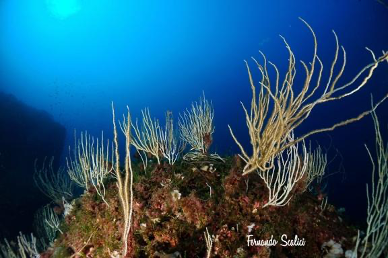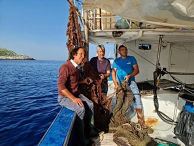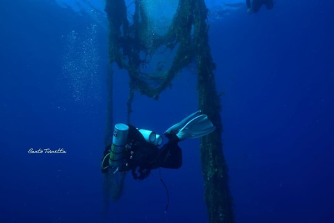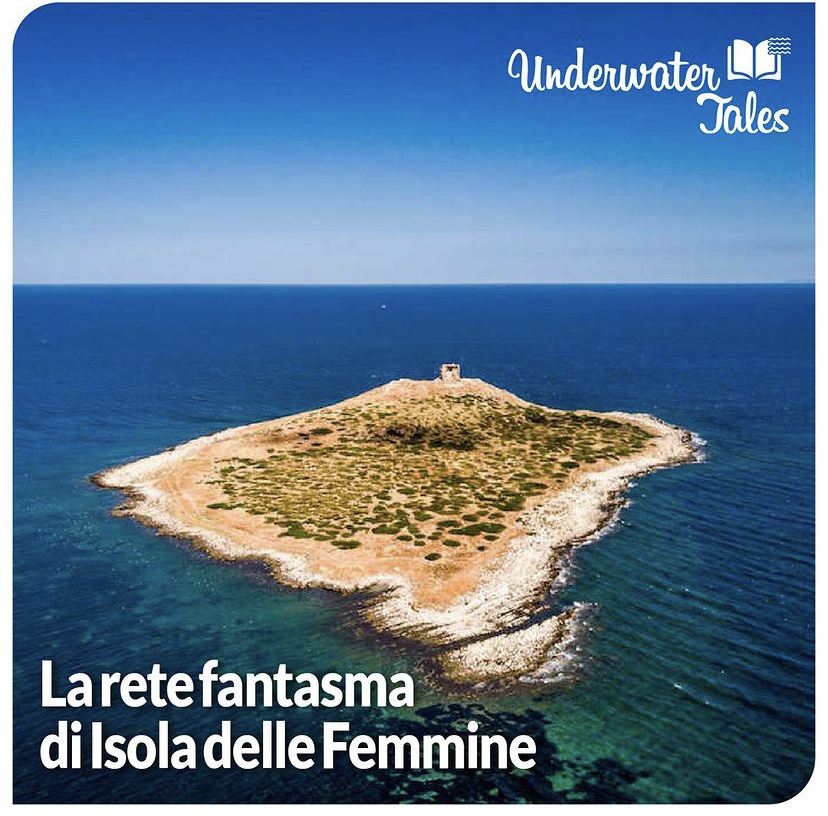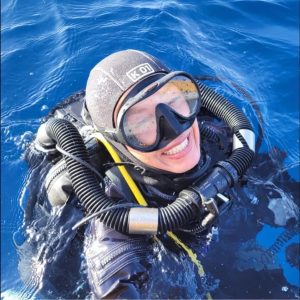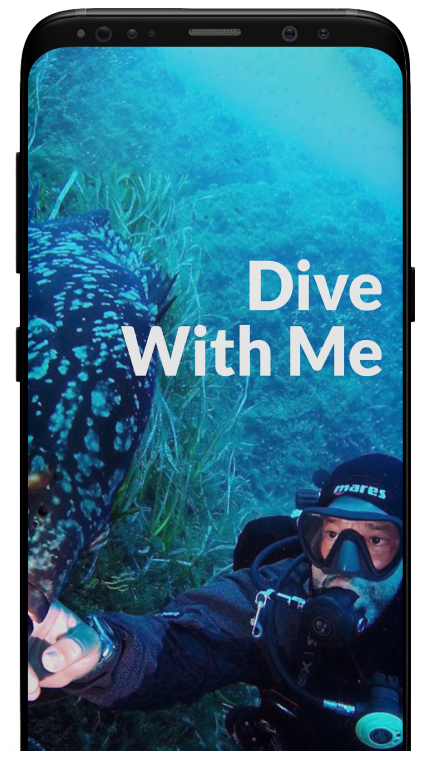The institution of Marine Protected Areas is the best way to protect the sea. Its role will be vital for eco-sustainable growth and development and to ensure peaceful coexistence between the operators who use it. The number of Marine Protected Areas and the protected mileage will be destined to increase significantly.
The two fantastic dives in the Marine Protected Area of Capo Milazzo, among huge red gorgonians, branches of Gerardia, gorgon stars, groupers and barracudas, led to a series of reflections. Which I want to share with you.
L’esperienza dell’Area Marina Protetta di Capo Milazzo induce a pensare che sia di fondamentale The experience of the Protected Marine Area of Capo Milazzo suggests that it is of fundamental importance to increase the protection of the sea. Both in terms of the number of Marine Protected Areas and in terms of mileage and extension of them. Their role will be of vital importance for sustainable growth and peaceful coexistence between the operators who will benefit from them.
The environmental situation of our planet
In order to better understand the need to increase MPA, it is first necessary to observe the environmental situation of our planet. From a global perspective.
Climate change and environmental degradation are undoubted, as are the immeasurable threats to Europe and the world. To overcome these challenges, the European Union (EU) has been intervening for decades. With the aim of achieving a modern, efficient and competitive economy in terms of natural resources.
The factors behind the loss of biodiversity
The factors behind the loss of biodiversity are manifold. Scientists have identified five direct main causes. Changes in land and sea use, direct exploitation of organisms, climate change, pollution and invasive alien species.
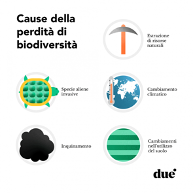
Adequately addressing these causes is crucial to rectifying the situation.
National and regional protected areas
In Italy, the system of environmental protection areas is formed both by the integration and by the overlapping of National and Regional Protected Areas with the Natura 2000 network. It is an ecological network spread across the European Union. It is established to ensure the long-term maintenance of the satisfactory state of conservation. Both threatened or rare habitats and species of flora and fauna at the community level.
The term of Protected Areas includes both land and marine areas.
Law 394 of 1991
The first regulatory instrument that dictates fundamental principles for the establishment and management of Protected Areas is undoubtedly Law 394 of 1991. The natural heritage on the national territory must be subjected to a “special protection and management regime”.
Pursuant to the 1991 framework law, the Marine Protected Areas consist of marine environments, waters, sea beds and stretches of coast facing them. Which are of significant interest for their natural, geomorphological, physical, biochemical characteristics. With particular regard to marine and coastal flora and fauna as well as the scientific, ecological, cultural, educational and economic importance they hold. Furthermore, they can also consist of a marine environment with significant historical, archaeological-environmental and cultural value.
https://www.mite.gov.it/sites/default/files/archivio/normativa/19911213_292_SO_083.pdf
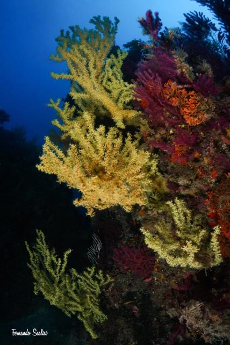
The subsequent provisions
Over time, there have been numerous national and conventional provisions aimed at amending the 1991 framework law.
Think of the recent art. 24 paragraph 4, of the D.L. 162/2019. Which focuses on strengthening the management and functioning of marine protected areas already established and the ones to be established. Providing total allocations of 2.7 million euros for 2020 and 0.6 million euros per year starting from the year 2021.
The following year, art. 227-bis of the D.L. 34/2020 was intended to promote the country’s tourism activity. As well as strengthening the protection of marine ecosystems in protected areas, through the marine environment anti-pollution service
Furthermore, numerous provisions in favor of Protected Areas were contained in the 2019 budget law (Law 145/2018). Which, for the three-year period 2018-2020, authorized certain National Park Bodies to proceed with the stabilization of personnel with a fixed-term employment relationship. Even in a supernumerary position.
The 2021 budget law (L. 178/2020) provided an increase of 3 million euros. To ensure the functioning and management of marine protected areas and submerged parks.
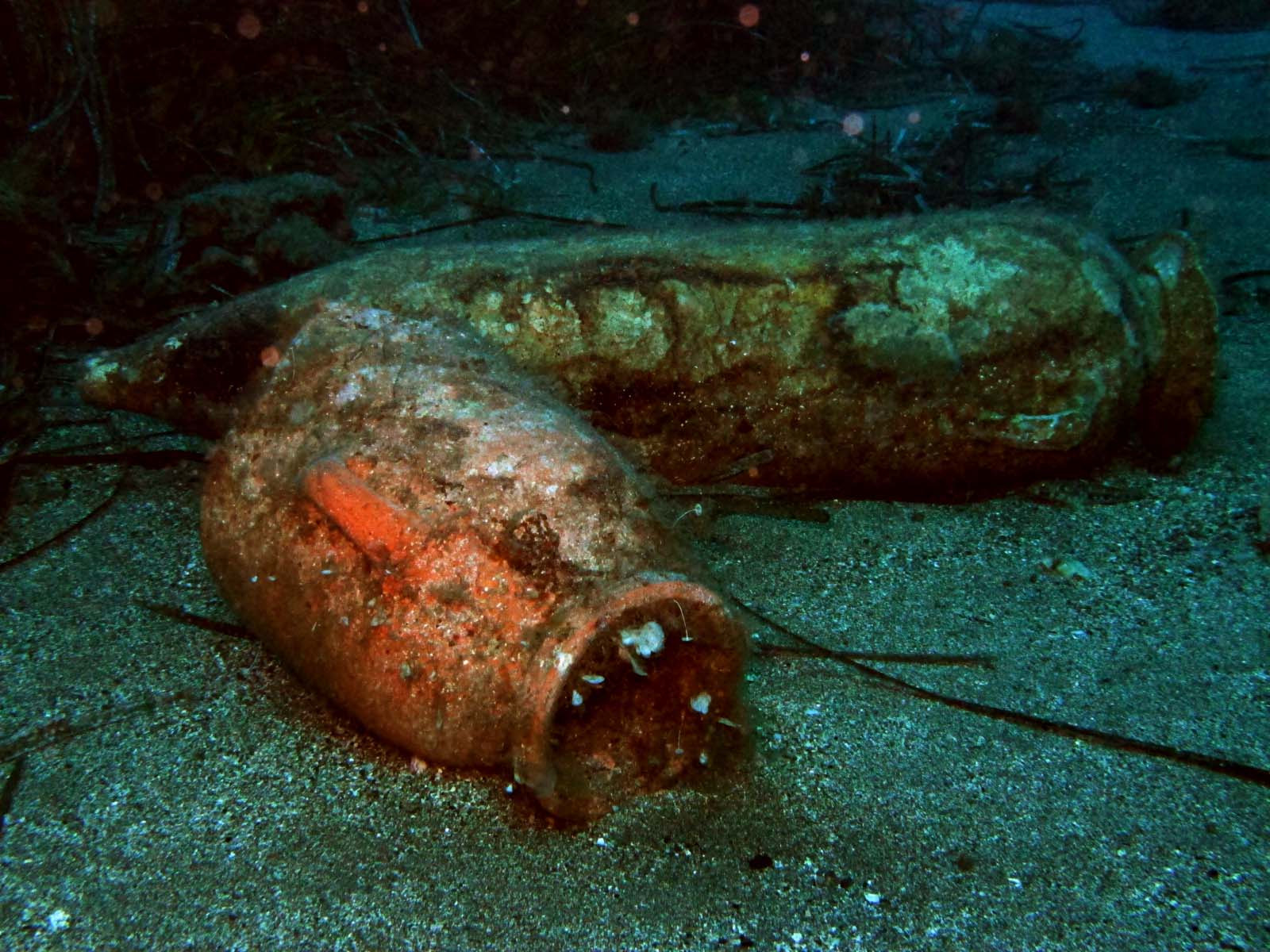
https://www.camera.it/temiap/documentazione/temi/pdf/1282669.pdf?_1633274101608
EU strategies
The biodiversity strategy developed in March 2010 by the European Union (EU) responds to the two major commitments undertaken by European leaders. Halt the loss of biodiversity in the EU by 2020 and protect, assess and restore biodiversity and ecosystem services in the EU by 2050.
This strategy includes priority objectives related to the main causes of biodiversity loss. How to preserve and restore the natural environment and ensure the sustainable use of fishery resources. Or how to preserve and enhance ecosystems to ensure the sustainability of agriculture and forestry. Furthermore, it also includes how to combat invasive alien species and manage the global biodiversity crisis.
Objectives that will encourage the reduction the impacts on nature.
The Green Deal
Unfortunately, we are witnessing global warming of the atmosphere and climate change. Pollution, destruction of forests and oceans, as well as, the risk of extinction of one million out of the eight million species present on the planet. The European Green Deal is the answer to these challenges.
Through the Communication com / 2019/640, the European Commission presented the Green Deal for the European Union (EU). Reformulating its commitment to tackle problems related to the climate and the environment. He illustrated it to the European Parliament, the Council, the European Economic and Social Committee and the Committee of the Regions
It is therefore a new growth strategy aimed at transforming the EU into a prosperous society. Equipped with a modern and resource efficient economy. Which, in 2050, is not expected to generate net greenhouse gas emissions. And in which economic growth will be dissociated from the use of resources.
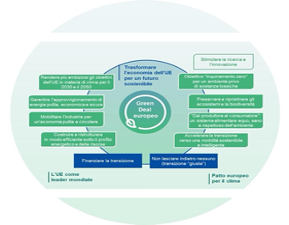
https://ec.europa.eu/info/strategy/priorities-2019-2024/european-green-deal_it
The 2030 strategy
Recently, the European Parliament Resolution of 9 June 2021 on the EU Biodiversity Strategy for 2030 was approved. According to which biodiversity is the basis for the functioning of ecosystems and life on earth.
https://www.europarl.europa.eu/doceo/document/A-9-2021-0179_IT.html
Already at that time, the European Community had approved the UN Convention on Biological Diversity. Signed in Rio de Janeiro in June 1992 and entered into force on December 29, 1993. Confirming the commitment of member countries to implement the principles contained in the Convention.
Therefore, transforming our economy, and above all our interaction with nature, becomes inevitable. Starting with a reduction of human activities that cause the transformation and destruction of ecosystems.
At the European level, the Biodiversity Strategy and the Green Deal constitute the basic tools in this sense.
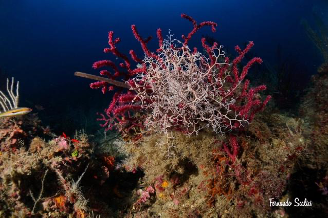
The benefits of a Marine Protected Area
Going back to the theme of Marine Reserves, they also bring benefits to the communities of local operators. Successfully attracting visitors is crucial for many island countries and territories.
MPAs support the local economy, maintain a healthy and lively sea, attracting responsible tourism and thus boosting local economies. The cultural heritage, history and daily life of entire communities are also preserved and the monitoring and enforcement of regulations are strengthened: experts point out that it is easier to carry out control and surveillance activities when all mining and destructive activities are prohibited in a given area. When an area is declared closed to fishing, the rules are clear and the control activities are simplified. Such monitoring can be done using satellites or other tracking technologies, such as the Eyes on the Seas project and the Virtual Monitoring Center for Marine Reserves which use the fishing vessel database and oceanographic information, to help monitor the world’s seas.
In light of all of the above, all maritime regions undergo to negative impacts, but the damage can be reversed.
Towards sustainable economic growth
Coerente con il nuovo concetto della cosiddetta “Blu Economy”, l’istituzione di un’AMP è un fantastico Consistent with the new concept of the so-called “Blue Economy”, the establishment of an MPA is a fantastic means of protecting marine biodiversity. Capable of generating significant long-term economic growth for local businesses. And protect the unique and fundamental traditions of cultures historically linked to the sea.
Despite obvious territorial, administrative and social problems, it emerges that, from the awareness of the environmental and economic urgency, but above all thanks to the common will to stop the existing damage, indisputable benefits arise in a short time.
LaThe “salvamare” law
Passive waiting is no longer allowed. It is necessary to act at the local as well as the national level as demonstrated by the bill n.1571, the “Salvamare” law. For the promotion of waste recovery at sea and in inland waters and for the promotion of the circular economy. Adopted in the Chamber of Deputies on 14 October 2019 and then, with great success, in the Senate on 9 November 2021.
The purposes pursued by the bill consist in contributing to the rehabilitation of the marine ecosystem and the promotion of the circular economy. As well as raising awareness regarding the community for the dissemination of virtuous behavioral models. Aimed at preventing the phenomenon of abandonment of waste in the sea, lakes, rivers and lagoons and the proper management of these.

The cleaning campaigns
The key points of the legislative text are: the possibility of collecting waste dispersed in the sea with the provision of collection facilities, near the moorings. With prizes for the captains of the fishing boats who collect them. As well as the implementation of environmental education in schools.
The operation is free for the fisherman or sea operator who carries it out. The management costs of this type of waste are covered with a specific component. This is in addition to the waste tax.
With the acronym WAC or “waste accidentally caught” we mean “waste collected in the sea, lakes, rivers and lagoons by nets. During fishing operations and those collected occasionally in the sea, in lakes, rivers and lagoons by any means“. Instead, the acronym RCW or “voluntarily collected waste” means “waste collected during the cleaning campaigns of the sea, lakes, rivers and lagoons“.
The experiences of Tony Scontrino and Riccardo Cingillo
The “awareness campaign” is also introduced. It refers to the activity aimed at promoting and disTony Scontrino is the owner of the Diving Center Saracen in Isola delle Femmine (Pa). Riccardo Cingillo is a Sicilian underwater documentary maker. Together with some fishermen (Benedetto and Salvatore Nevoloso) they collaborated on Project 1.40 Ghost Networks of CO.GE.PA. “West of Palermo”. For the collection and disposal of marine litter as well as for the removal of abandoned fishing gear from the seabed.
These cleaning campaigns introduced in the 1571 bill have the initiatives planned for carrying out cleaning operations of the sea, lakes, rivers and lagoons as object.
The awareness campaign
The “awareness campaign” is also introduced. It refers to the activity aimed at promoting and disseminating virtuous behavioral models. To prevent the abandonment of waste in the sea, lakes, rivers and lagoons.
The competent authorities
The “competent authorities” are also identified. There will be the territorially competent municipality. And as the “promoter of the cleaning campaign“, the person, among those authorized to participate in the cleaning campaigns, who submits the required request to the competent authority.
Article 2, paragraph 5, introduced during the examination of the text, novella art. 184 of the Environmental Code (Legislative Decree 152/2006). In order to include among municipal waste the waste accidentally caught or voluntarily collected, also through cleaning campaigns, in lakes, rivers and lagoons.
Until now, in fact, waste caught in the sea or produced by fishing activities was considered special waste. Therefore subject to a very complex procedure from a bureaucratic point of view. So most of them returned to where they had been caught.
IParagraph 6 provides that the management costs of WAC’s are covered by a specific component. Which is added to the tax or tariff on waste so as to affect the entire national community.
The ecological fisherman
Today, the figure of the ecological fisherman / operator was born. Since the text has included accidentally fished (WAC) or voluntarily collected (RCW) waste among municipal waste.
The cleaning campaigns can have as promoters, the managing bodies of the protected areas, the environmental associations, the fishermen’s associations. As well as the other subjects identified by the competent authority, the cooperatives and fishing companies, and their consortia. That is, the associations of sporting and recreational fishermen, the sporting associations of divers and boaters. But also diving centers, social promotion associations as well as the managers of bathing establishments. And also third sector entities as well as, up to the complete operation of the Single National Register of the Third Sector, ONLUS, foundations and associations with the aim of promoting, protecting and safeguarding natural and environmental assets.
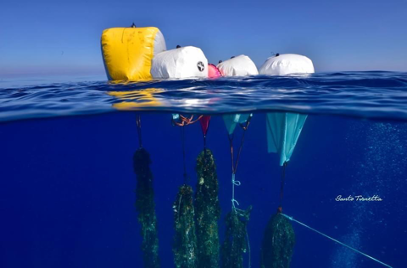
Di conseguenza, anche per i RVR provenienti da “campagne di pulizia” vige l’obbligo di conferimento gConsequently, even for RCW coming from “cleaning campaigns” there is the obligation of free transfer to the port collection facility in accordance with the rules laid down for the WAC pursuant to art. 2 of the DDL 1571.
Now a further parliamentary passage is required for final approval, which we look forward to. I believe that all marine operators should start thinking about how to organize themselves in order to be ready to take this giant step for our sea and the environment.
SI am confident in the future, because with determination, work and dissemination, some in their small and some on a larger scale, you can reach any goal.
Soprattutto in questo momento storico della nostra politica nazionale ed europea nonché di forte Especially in this historical moment of our national and European policy as well as of strong mobilization in the field, think of the operations of ghost fishing and cleaning of the seabed in general, alternative methods of exploitation of the sea and creation of marine protected areas as briefly highlighted in the article.
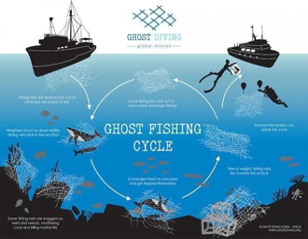
AMP Salina Promoting Committee
Finally, let me take advantage of this space to strike the iron while it is still hot and say a few words about the environmental situation of a place very dear to me: the Aeolian Islands.
Located in the north east of Sicily, they were declared a Unesco World Heritage Site due to their morphology in December 2000.
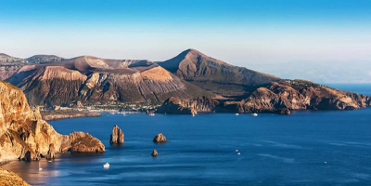
Today, in 2021, this precious territory is exploited on every front: mass tourism with incessant navigation of boats during the summer, intensive destructive fishing of fauna and flora, unauthorized fishing, poor waste and water management.
In the midst of this peaceful lack of reasonableness, often criticized and targeted initiatives arise, and they still manage to leave a mark, a stone on the building that will allow the preservation of such a rich naturalistic and historical heritage.
I would like to mention, for example, the Salina Marine Protected Area Promoting Committee, established in May 2021, which aims to combine the development of sustainable tourism with the proper management of the marine environment and its resources. Although, out of the seven islands of the Aeolian archipelago, only Salina has managed to initiate an official disclosure process on the importance of setting up an MPA. In my opinion, this already represents a first step and certainly a model for others.
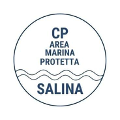
Every initiative must be considered and not rejected: if it is valid, its promoters must be supported with every available means.
Yes We Can!
Julie Sferlazzo


